Sonus Paradisi
Altenbruch, 1730 [Hauptwerk]
Altenbruch, 1730 [Hauptwerk]
Couldn't load pickup availability
Klapmeyer organ, Altenbruch, 1727-1730
The St. Nikolai church in Altenbruch owns one of the oldest North German organs. In 1497-1498, Johannes Coci built a small organ of 6 stops. It stood near the main altar. Matthias Mahn enlarged the instrument in 1577 (or 1561?) by adding a Rückpositiv. In 1647, Hans Christoph Fritzsche renewed the organ, enlarging the Hauptwerk as well. The Principal plenum of the Hauptwerk (called also the Oberwerk) is formed from his pipes today. Matthias Dropa expanded the compass of the instrument in 1698 and provided additional stops, especially in Pedal. Johann Hinrich Klapmeyer (1690-1757) was commissioned to relocate the organ into a newly constructed west gallery. The organ was substantially reworked as well between 1727-1730. Klapmeyer provided the organ with its present look. The organ survived until the present mostly unchanged. It was restored in 2004 by the Ahrend organ workshop.
The organ consists of three manuals and a pedal: altogether 2100 pipes and 35 sounding stops. The presence of 3 independent Principal 8 stops (in Oberwerk, Rückpositiv, and Pedal) is one remarkable feature of this instrument. It is a stylistically pure instrument and emblematic of the North German organ building school. The so called Hadeln liturgy adopted in 1567 anticipated the use of the organ as a solo instrument, thus contributing to the elevated art of the organ building and organ use in the Altenbruch church. The organ is especially suitable for early North German music, such as the work of H. Scheidemann, M. Weckmann, F. Tunder, and D. Buxtehude.
Presented to you by Leonart Studio, your authorised reseller for Sonus Paradisi in Switzerland (shipped internationally). Get your digitally sampled historical organs for the use with the Hauptwerk virtual instrument software.
Share this Sample Set
![Altenbruch, 1730 [Hauptwerk]](http://artful.shop/cdn/shop/files/ss_altenbruch1b.jpg?v=1692952180&width=1445)
![Altenbruch, 1730 [Hauptwerk]](http://artful.shop/cdn/shop/files/ss_altenbruch1.jpg?v=1692952180&width=1445)
![Altenbruch, 1730 [Hauptwerk]](http://artful.shop/cdn/shop/files/ss_altenbruch2.jpg?v=1692952180&width=1445)
![Altenbruch, 1730 [Hauptwerk]](http://artful.shop/cdn/shop/files/ss_altenbruch3.jpg?v=1692952180&width=1445)
![Altenbruch, 1730 [Hauptwerk]](http://artful.shop/cdn/shop/files/ss_altenbruch4.jpg?v=1692952180&width=1445)
![Altenbruch, 1730 [Hauptwerk]](http://artful.shop/cdn/shop/files/ss_altenbruch5.jpg?v=1692952180&width=1445)
![Altenbruch, 1730 [Hauptwerk]](http://artful.shop/cdn/shop/files/ss_altenbruch6.jpg?v=1692952180&width=1445)
![Altenbruch, 1730 [Hauptwerk]](http://artful.shop/cdn/shop/files/ss_altenbruch7.jpg?v=1692952180&width=1445)
![Altenbruch, 1730 [Hauptwerk]](http://artful.shop/cdn/shop/files/ss_altenbruch8.jpg?v=1692952180&width=1445)
![Altenbruch, 1730 [Hauptwerk]](http://artful.shop/cdn/shop/files/ss_altenbruch9.jpg?v=1692952180&width=1445)
![Altenbruch, 1730 [Hauptwerk]](http://artful.shop/cdn/shop/files/ss_altenbruch10.jpg?v=1692952180&width=1445)
![Altenbruch, 1730 [Hauptwerk]](http://artful.shop/cdn/shop/files/ss_altenbruch11.jpg?v=1692952180&width=1445)
Specification (stop list)
-
Manual I
Rückpositiv CDEFGA–c3
Principahl 8′
Gedact 8′
Quintadöhn 8′
Octav 4′
Gedact 4′
Nasat 3′
Octav 2′
Blockfloit 2′
Sexquialtera II
Mixtur IV
Dulcian 16′
Kromhorn 8′ -
Manual II
Oberwerk CDEFGA–c3
Quintadöhn 16′
Principahl 8′
Gedact 8′
Octav 4′
Waldfloit 2′
Mixtur V
Cimbel III
Trometh 8′
Vox humana 8′ -
Manual III
Brustwerk CDEFGA–c3
Gedact 8′
Gedact 4′
Octav 2′
Quint 11/2′
Scharff III
Knop Regal 8′ -
Manual IV
-
-
Pedal
Pedal CDE–d1
Untersatz 16′
Prinzipahl 8′
Gedact 8′
Octav 4′
Mixtur IV
Posaun 16′
Trometh 8′
Corneth 2′ -
Other specification
Coupler III/II
Tremulant RW
Tremulant General
Cimbelstern
Ventil for each division
Wind: 77 mm
Pitch in Chorton, a1 = 478,5 Hz at 18 °C [471,2 Hz at 14 °C when recorded for Sonus Paradisi]
The temperament is described as "Werckmeister III modifiziert".
History
Klapmeyer organ, Altenbruch, 1727-1730
The St. Nikolai church in Altenbruch owns one of the oldest North German organs. In 1497-1498, Johannes Coci built a small organ of 6 stops. It stood near the main altar. Matthias Mahn enlarged the instrument in 1577 (or 1561?) by adding a Rückpositiv.Today, some of the Coci organ's pipes are still incorporated into the RP Gedact 8', OW Quintadohn 16', and Pedal Untersatz 16'. Other pre-1647 pipe material is to be found in the RP Principahl 8', Octav 4', Nasat 3', and Blockfloit 2'.
In 1647, Hans Christoph Fritzsche renewed the organ, enlarging the Hauptwerk as well. The Principal plenum of the Hauptwerk (called also the Oberwerk) is formed from his pipes today. His pipes also sound in the Quintadöhn 8', Gedact 4', Sexquialtera, and Mixtur of the Rückpositiv. Matthias Dropa expanded the compass of the instrument in 1698 and provided additional stops, especially in Pedal. His pipes still sound today in the RP Kromhorn 8', Octav 2', Pedal Gedact 8', Octav 4', Mixtur, Posaun 16', and Trometh 8'. A few decades later, the church was rebuilt and a west choir was added. Consequently, Johann Hinrich Klapmeyer (1690-1757) was commissioned to relocate the organ into a newly constructed west gallery. The organ was substantially reworked as well between 1727-1730. The organ builder added new Pedal towers and supplied the Pedal Principal 8'. He also inserted a new Brustwerk of 6 stops under the chest of the Oberwerk, and he added new reed stops to the Oberwerk:Trometh 8' and Vox humana 8'. Klapmeyer provided the organ with its present look. The organ survived until the present mostly unchanged. It was restored in 2004 by the Ahrend organ workshop.
The organ consists of three manuals and a pedal: altogether 2100 pipes and 35 sounding stops. The presence of 3 independent Principal 8 stops (in Oberwerk, Rückpositiv, and Pedal) is one remarkable feature of this instrument. It is a stylistically pure instrument and emblematic of the North German organ building school. The so called Hadeln liturgy adopted in 1567 anticipated the use of the organ as a solo instrument, thus contributing to the elevated art of the organ building and organ use in the Altenbruch church. The organ is especially suitable for early North German music, such as the work of H. Scheidemann, M. Weckmann, F. Tunder, and D. Buxtehude.
Features
Encryption
The samples are offered in 48kHz/24bit resolution. The multiple releases have three levels: short, mid and long. Hauptwerk v. 5 and higher supported. The Surround variant of the sample set is encrypted, which means that it can be used with Hauptwerk Basic or Hauptwerk Advanced versions exclusively. Hauptwerk Advanced version is strongly recommended, the Basic version is not suitable to run the Surround variant of the sample set (memory limitations, audio channels limitations). There is no use of the sample set possible in any other software.
The SemiDry variant of the sample set is offered unencrypted, in plain wave format. It may be loaded in Hauptwerk 4.2 and higher (including HW5).
Reverb time
The reverb time is ca. 2 seconds.
Keyboards, pedalboard
The original compass of the keyboards is 45 keys (4 octaves, lowest short). The original compass of the pedal division is 25 keys (no low C# and D#). The compass was extended in the extended version of the sample set so that the manual compass is 4 octaves (51 keys C-d3), and the pedal bass octave was completed, so that the pedal has 27 keys (C-d1).
Tremulants
All ranks of all the divisions were recorded with and without tremulants for the most convincing tremulant behavior. The Rückpositiv stops were recorded with the Rückpositiv tremulant (faster) and also with the general tremulant (slower). Both recorded versions of the tremmed samples are included in the sample set. However, loading the authentic tremmed ranks consumes large amount of RAM. It is possible to select to use the artificial tremulant instead to save RAM (the switch is located on the mixer tab).
Surround format
The sample set is offered in the Surround variant (6 channels). In addition to the usual 4-channel surround, there are two more alternative front channels. In total, there are 4 front audio channels and 2 rear channels. The two pairs of the front ranks feature two different recording positions: direct (near to the pipes) and diffuse (distant from the instrument). These two pairs of the front ranks can either be mixed together freely to achieve any listening position between the two extremes, or used separately - depending on the prefererences of the user. A dedicated "mixing desk" is available in Hauptwerk to mix the sound to the desired level.
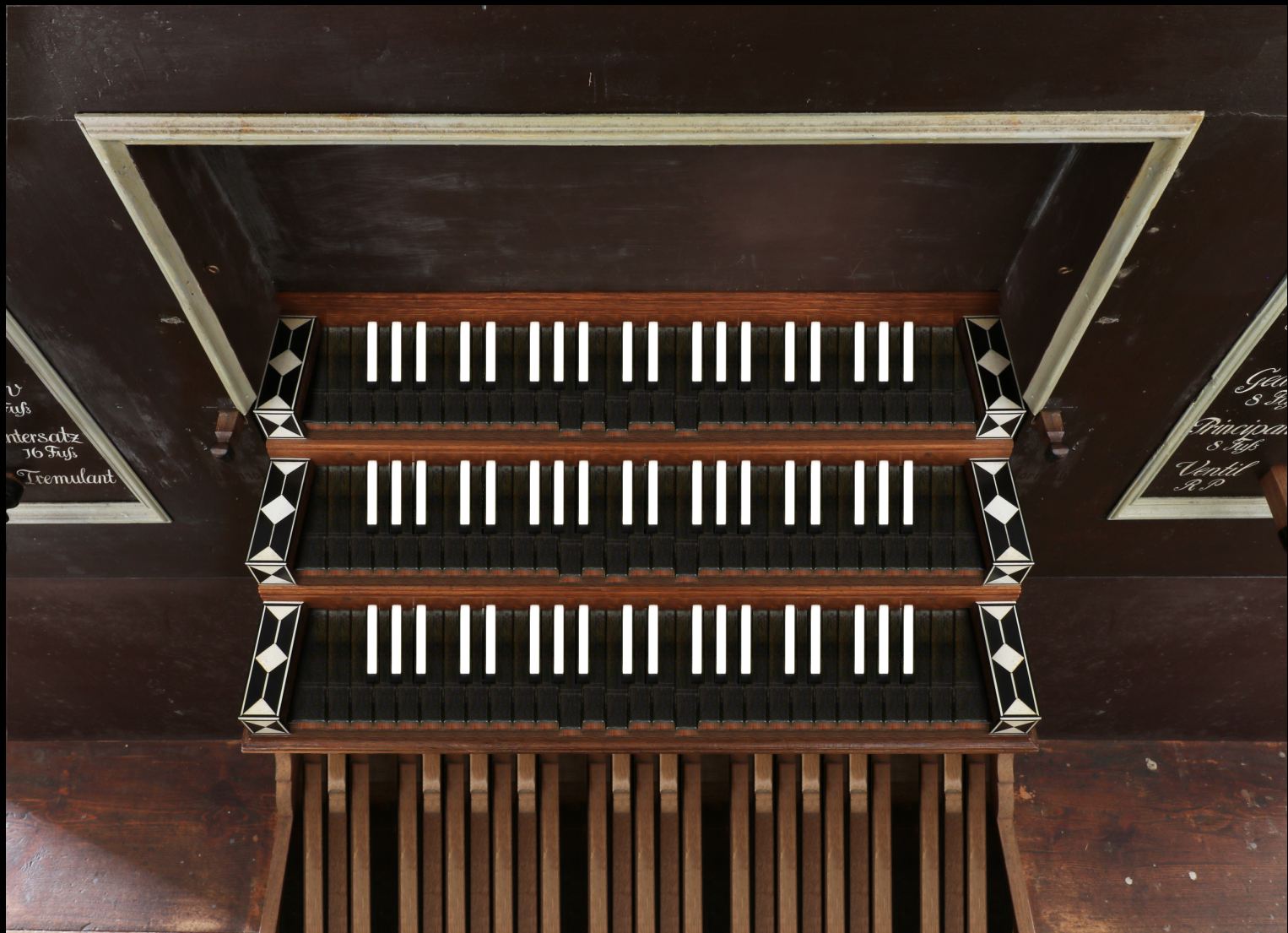



Requirements
Hauptwerk v. 5 and higher supported. The Surround variant of the sample set is encrypted, which means that it can be used with Hauptwerk Basic or Hauptwerk Advanced versions exclusively. Hauptwerk Advanced version is strongly recommended, the Basic version is not suitable to run the Surround variant of the sample set (memory limitations, audio channels limitations). There is no use of the sample set possible in any other software.
The SemiDry variant of the sample set is offered unencrypted, in plain wave format. It may be loaded in Hauptwerk 4.2 and higher (including HW5).
Requirements
RAM consumption: 6-channel surround
16-bit, other settings default: 20.8 GB
20-bit, other settings default: 39.9 GB (recommended)
24-bit, other settings default: 48.4 GB
To load the instrument into a PC with 32 GB of RAM limit, load everything in 20 bits, except Pedal in 16 bits. Alternatively, load everything in 20 bits, but disable some not-commonly-used tremulant samples, like tremulants for mixtures of all the divisions, Untersatz and similar.
RAM consumption: 2-channel wet or semiDry
16-bit, other settings default: 7.4 GB
20-bit, other settings default: 15.1 GB
24-bit, other settings default: 17.1 GB
Screen resolution 1280x1024 px or more.
Polyphony of 4000 voices recommended for the full suround (2500 pipes minimum).
Polyphony of 1800 simultaneous pipes recommended for use of the wet or semiDry sample set.
This Hauptwerk Sample Set is presented to you by Leonart Studio, an authorised reseller for the manufacturer Sonus Paradisi in Switzerland (shipping internationally). Enjoy this digitally sampled organ library for the use with Hauptwerk software and start expanding your historical organ collection today.
More Hauptwerk Sample Sets
-
Schwerin, Dom, Ladegast Organ 1871 [Hauptwerk]
Vendor:Sonus ParadisiRegular price CHF 616.00Regular priceUnit price / per -
Segovia, 1772 [Hauptwerk]
Vendor:Sonus ParadisiRegular price CHF 317.90Regular priceUnit price / per -
Groningen, 1450-1740 [Hauptwerk]
Vendor:Sonus ParadisiRegular price From CHF 658.90Regular priceUnit price / perCHF 1,681.90Sale price From CHF 658.90Sale -
St. Maximin, 1775 [Hauptwerk]
Vendor:Sonus ParadisiRegular price CHF 440.00Regular priceUnit price / per -
Reuter, 1928 [Hauptwerk]
Vendor:Sonus ParadisiRegular price CHF 473.00Regular priceUnit price / per -
Casavant, 1995 [Hauptwerk]
Vendor:Sonus ParadisiRegular price CHF 174.90Regular priceUnit price / per -
Rotterdam Hoofdorgel, 1973 [Hauptwerk]
Vendor:Sonus ParadisiRegular price From CHF 330.00Regular priceUnit price / perCHF 958.10Sale price From CHF 330.00Sale -
Piacenza, 1838 [Hauptwerk]
Vendor:Sonus ParadisiRegular price CHF 330.00Regular priceUnit price / per -
Bückeburg, 1997 [Hauptwerk]
Vendor:Sonus ParadisiRegular price From CHF 1.10Regular priceUnit price / per -
Lüdingworth, 1683 [Hauptwerk]
Vendor:Sonus ParadisiRegular price CHF 330.00Regular priceUnit price / per



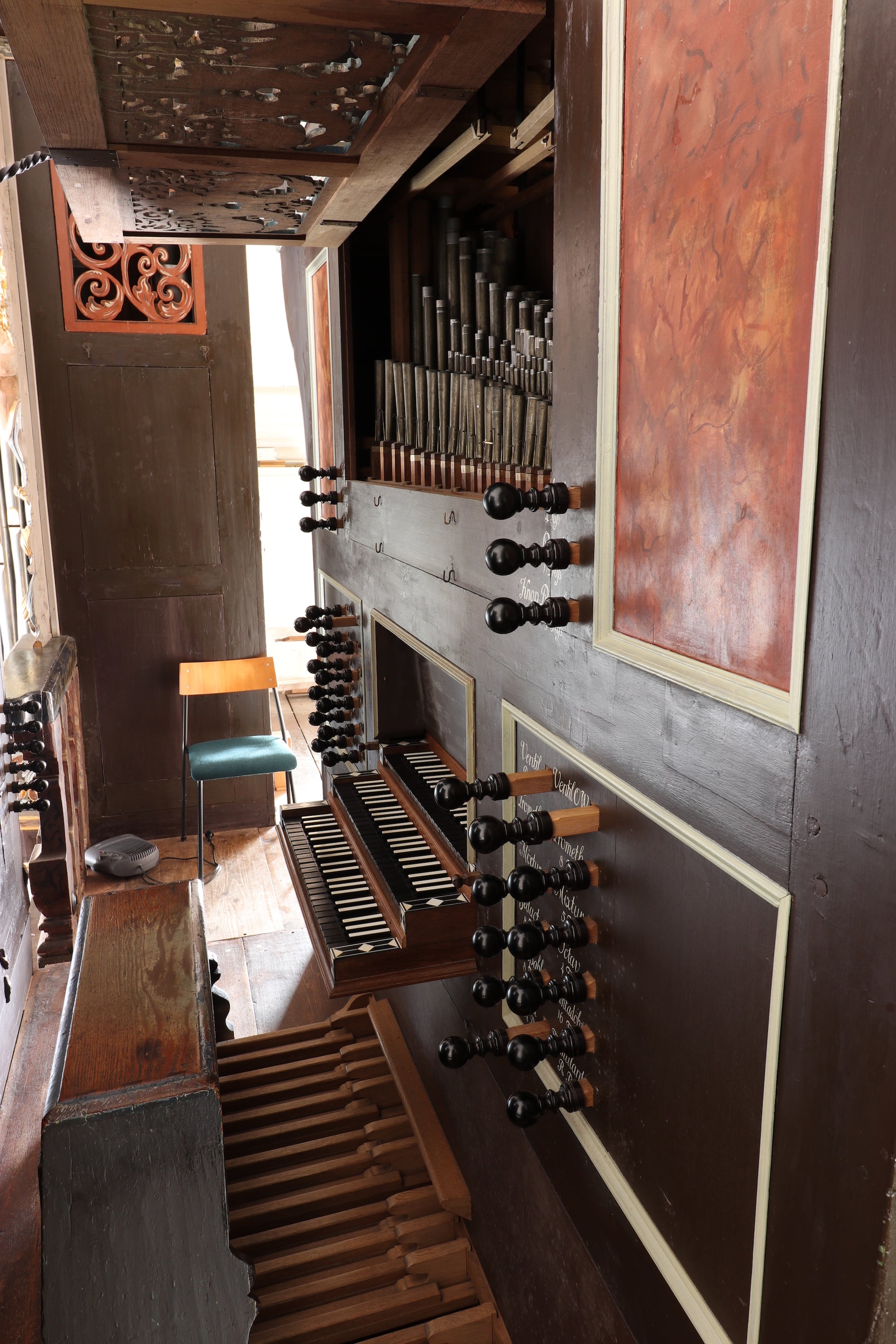
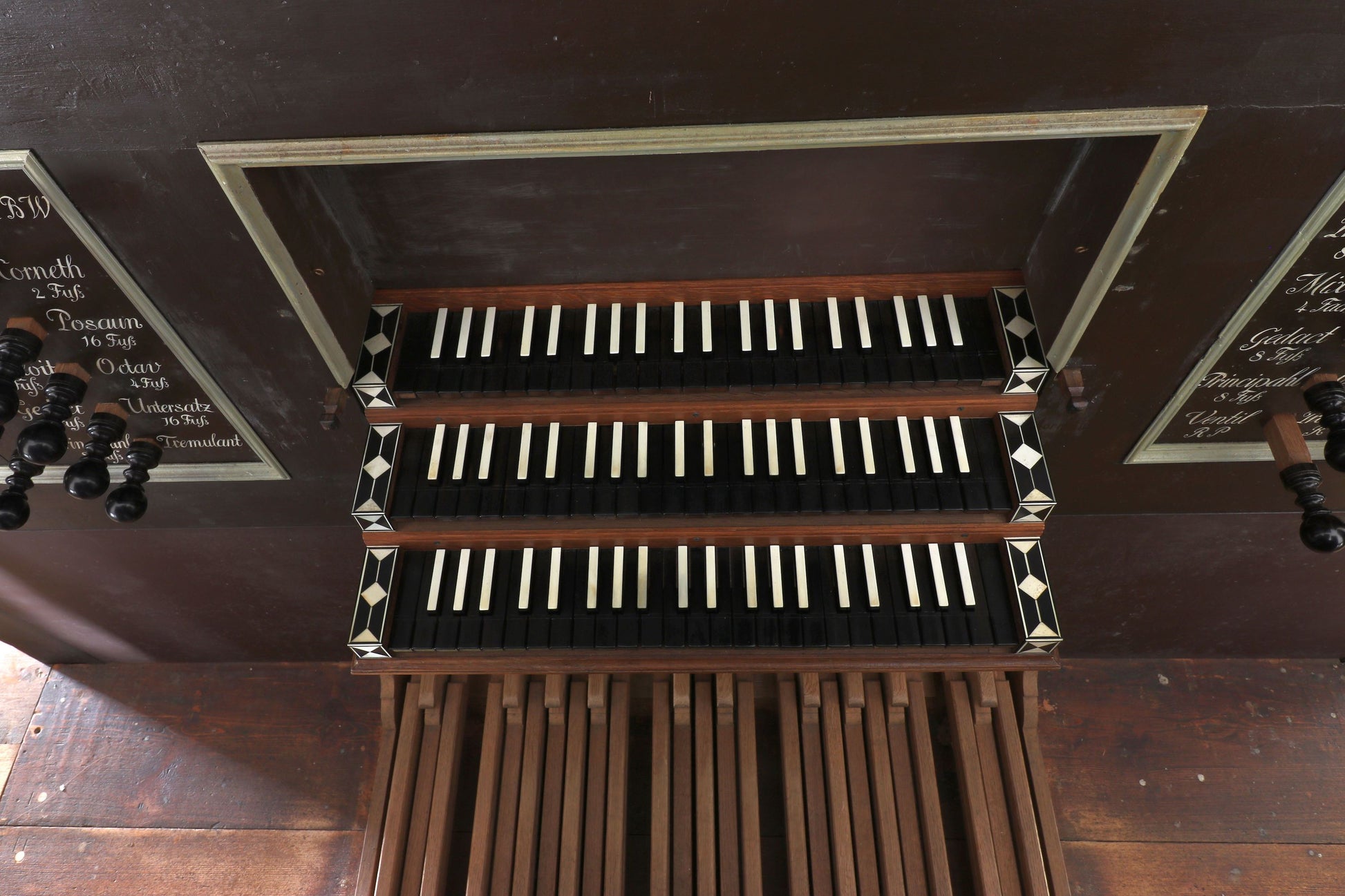

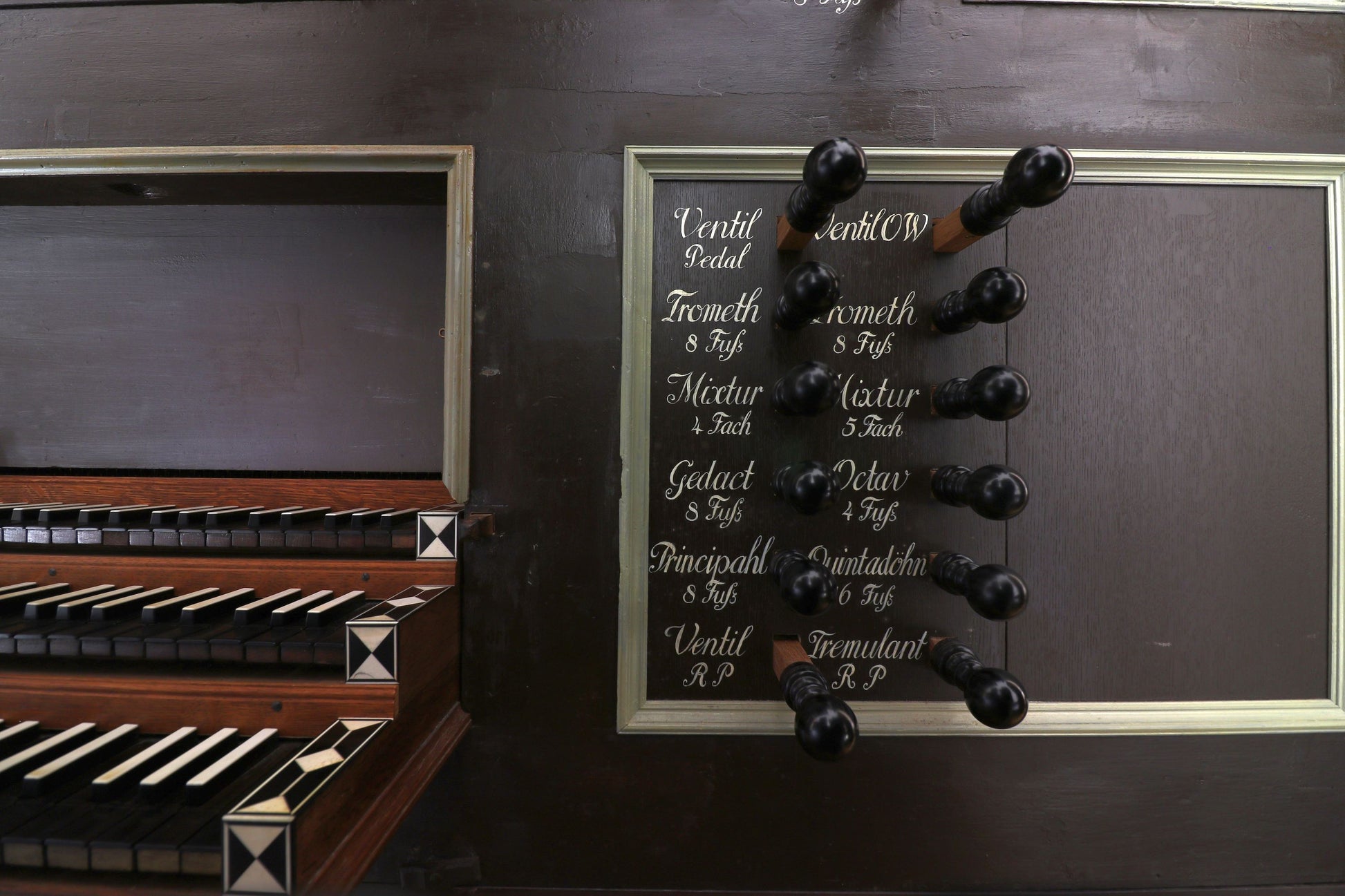
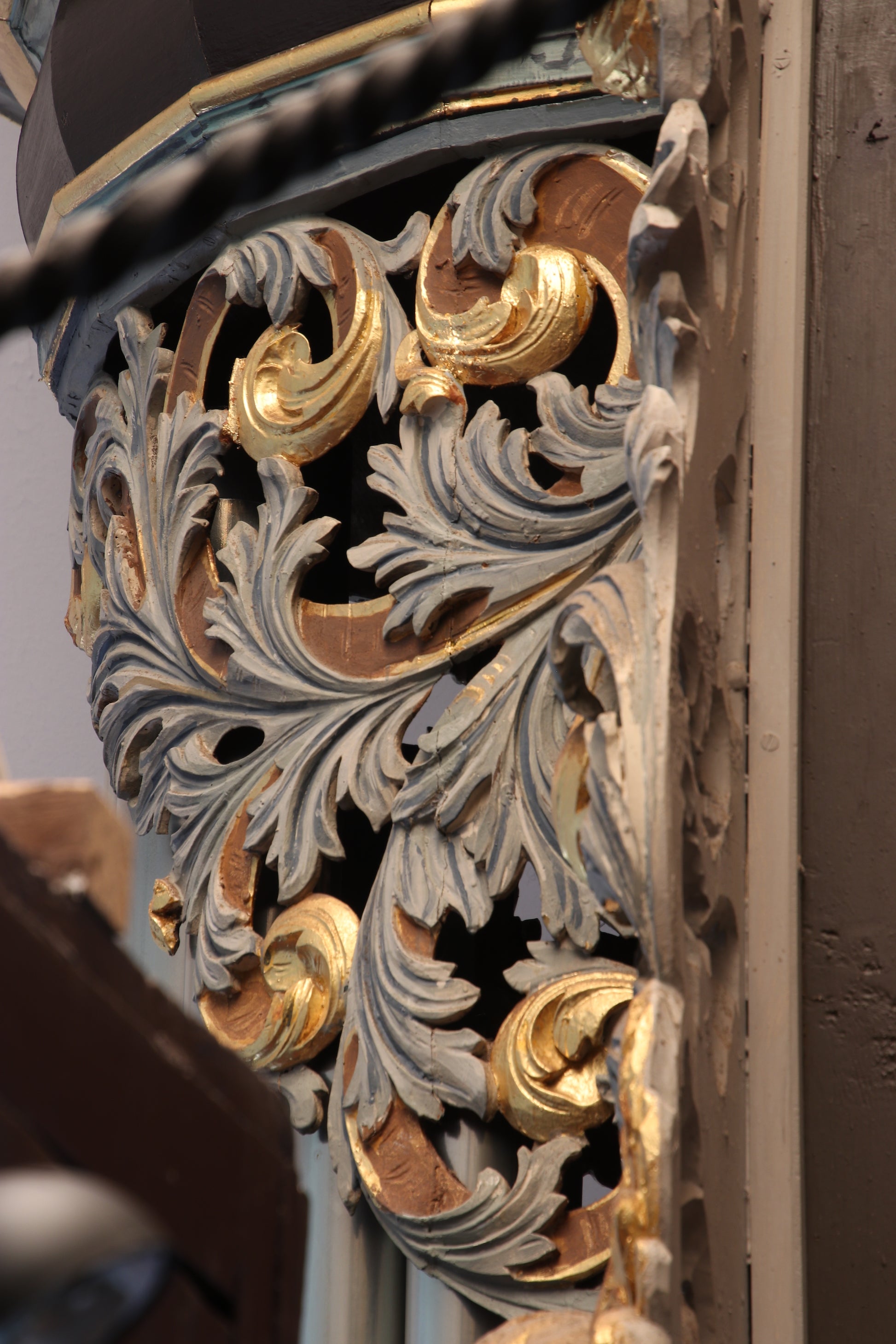
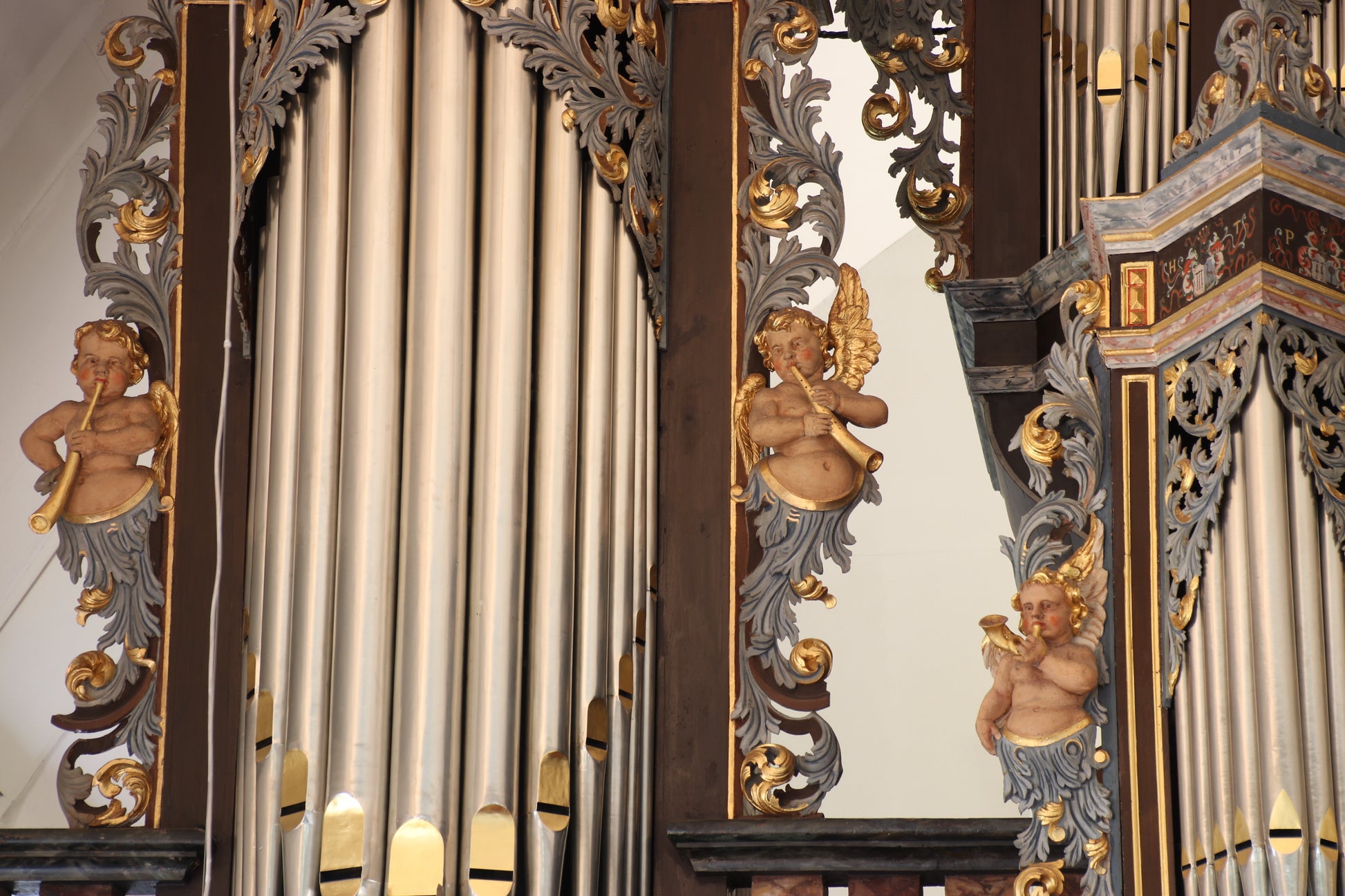


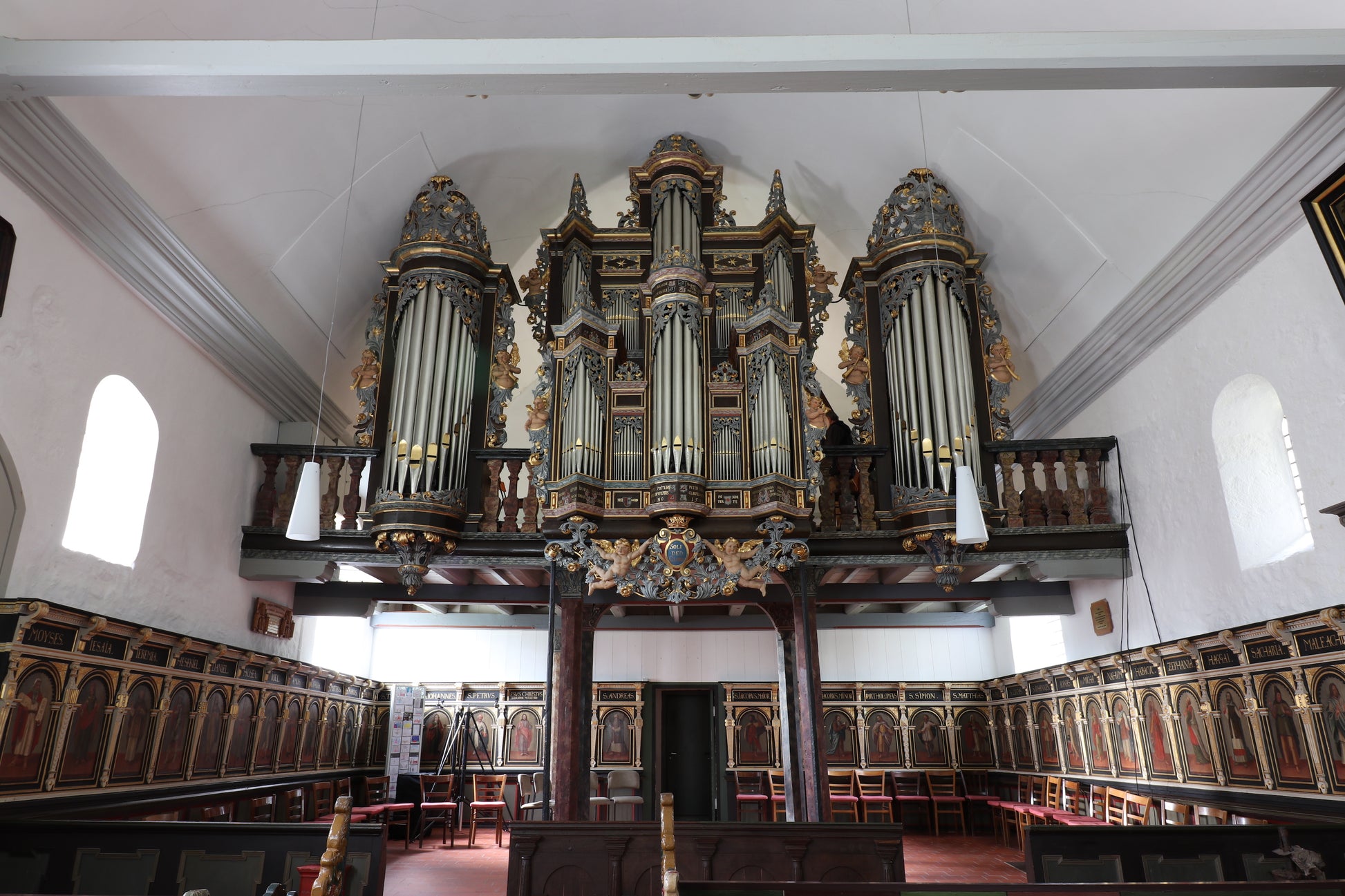
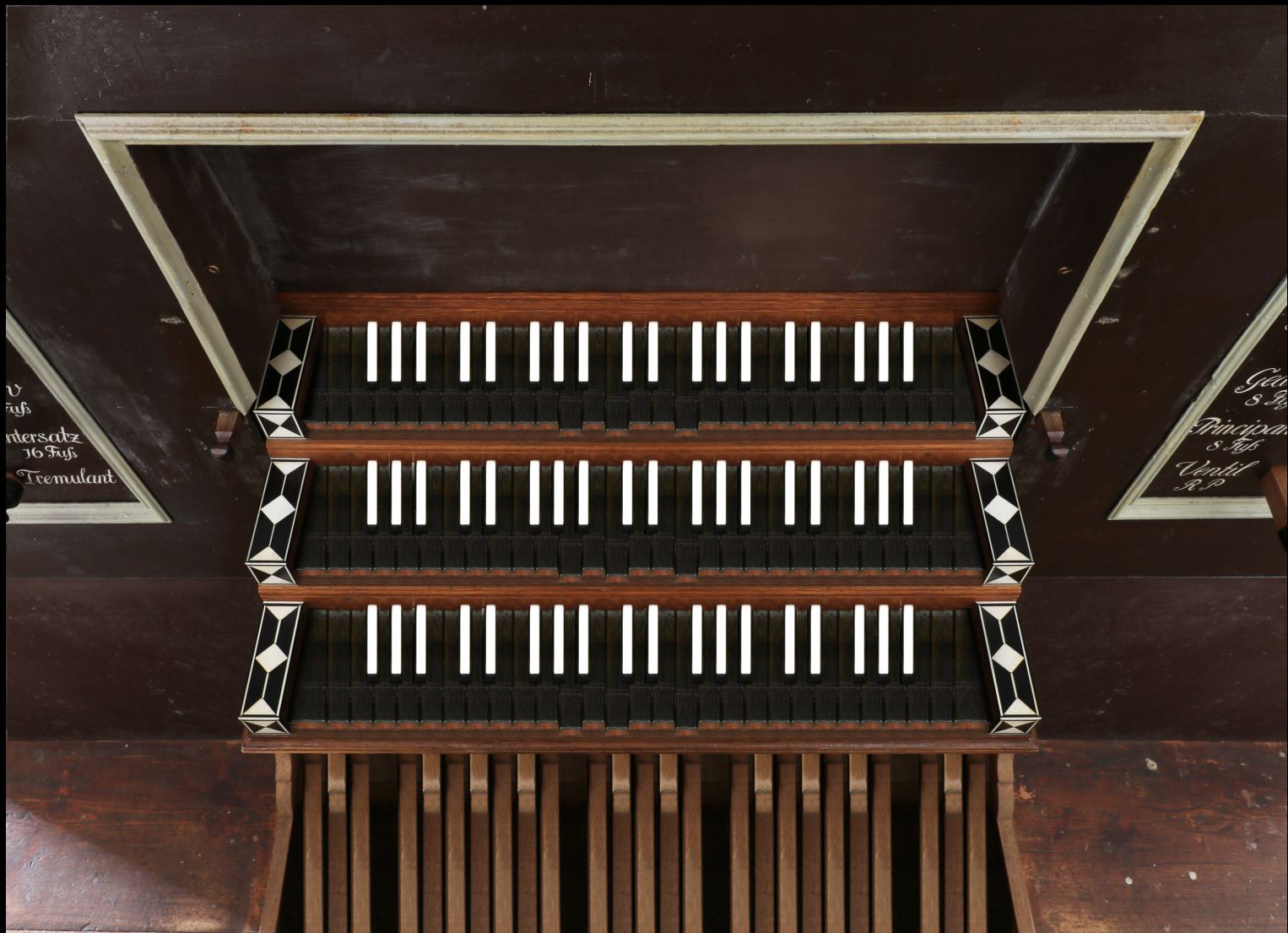
![Schwerin, Dom, Ladegast Organ 1871 [Hauptwerk]](http://artful.shop/cdn/shop/files/ladegast1.jpg?v=1759140126&width=533)
![Segovia, 1772 [Hauptwerk]](http://artful.shop/cdn/shop/files/ss_segovia1.jpg?v=1714213906&width=533)
![Groningen, 1450-1740 [Hauptwerk]](http://artful.shop/cdn/shop/files/ss_Groningen1.jpg?v=1693275425&width=533)
![St. Maximin, 1775 [Hauptwerk]](http://artful.shop/cdn/shop/files/ss_maximin1.jpg?v=1692902597&width=533)
![Reuter, 1928 [Hauptwerk]](http://artful.shop/cdn/shop/files/ss_Reuter1.jpg?v=1693321024&width=533)
![Casavant, 1995 [Hauptwerk]](http://artful.shop/cdn/shop/files/ss_casavant1.jpg?v=1693319885&width=533)
![Rotterdam Hoofdorgel, 1973 [Hauptwerk]](http://artful.shop/cdn/shop/files/ss_RotterdamMain1.jpg?v=1693279529&width=533)
![Piacenza, 1838 [Hauptwerk]](http://artful.shop/cdn/shop/files/ss_piacenza1.jpg?v=1693003521&width=533)
![Bückeburg, 1997 [Hauptwerk]](http://artful.shop/cdn/shop/files/ss_bueckeburg1.jpg?v=1692967628&width=533)
![Lüdingworth, 1683 [Hauptwerk]](http://artful.shop/cdn/shop/files/ss_luedingworth1.jpg?v=1692998051&width=533)